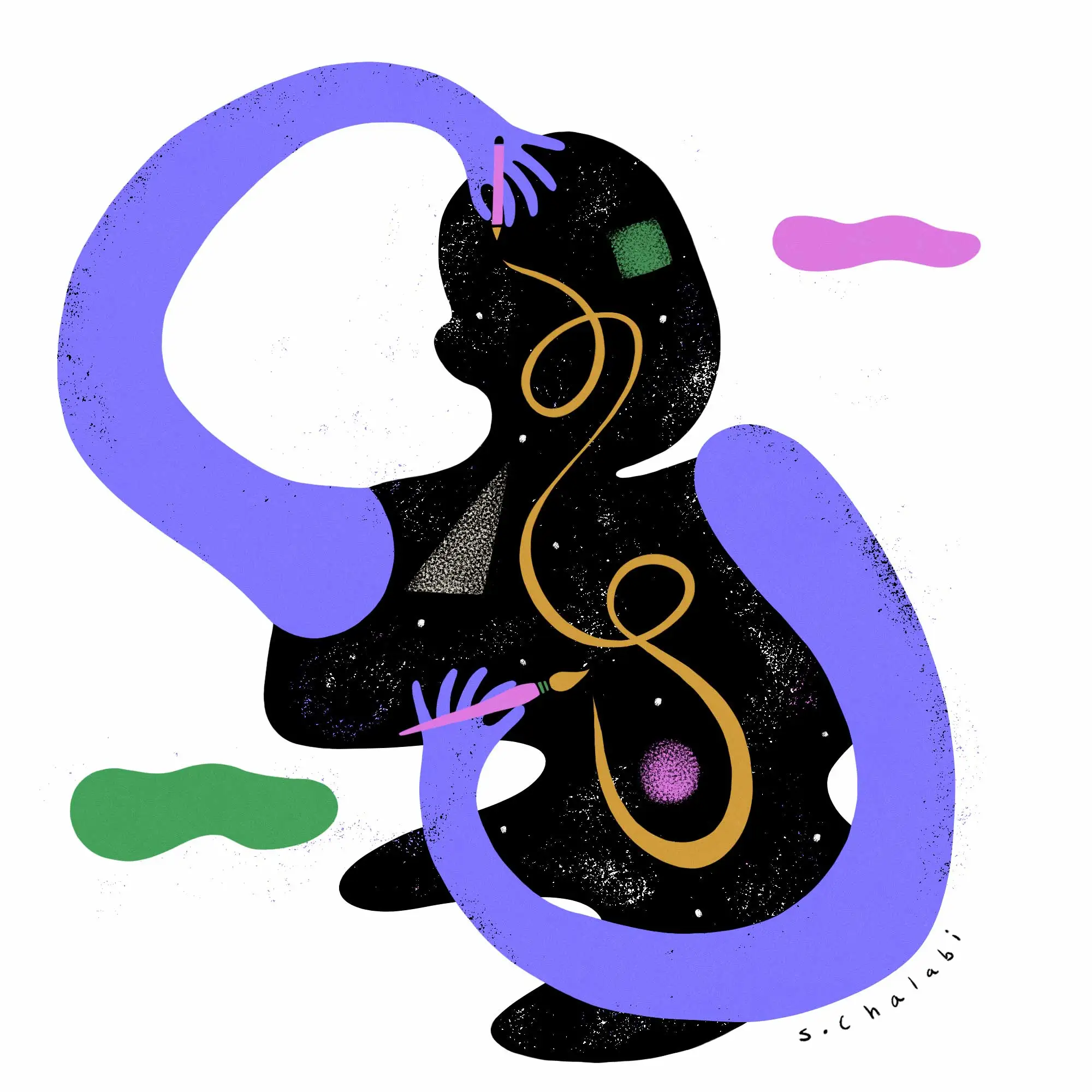Carlton Turner on changing the cultural fabric of our communities
Carlton Turner is an artist, agriculturalist, and researcher. An Interdisciplinary Research Fellow with the Robert Woods Johnson Foundation, he is co-founder of the Mississippi Center for Cultural Production (Sipp Culture).
In 2017, my wife Brandi and I co-founded Sipp Culture with the simple mission of shifting our community’s identity from consumer to producer. Our small town of Utica sits on the land of the Choctaw, Chickasaw, and Natchez people and has been the home of my people for eight generations. My people were introduced to this land as enslaved builders and agriculturalists in the 1800s, but now, like many of our rural neighbors, we find ourselves as service workers and laborers living in a bedroom community under food apartheid.
At Sipp Culture we see a community culture that embodies health and wellness as the most important art we can support and create. Such a collective arts practice, integrated into community life, illustrates what it means to be whole, sustainable, and accessible.
We see the future of the arts in the South in working at the margins, not at the intersection. Our work will not be defined by what we do and what we don’t, but by our ability to imagine ourselves at the blurry margins where ideas are required and where questions still remain. Our work is to engage the community of residents and our network of artists in a collective design process, reconfiguring our community to be responsive to change and transformation, making our process of listening available to whoever needs our ears. We are listening for understanding. We are listening for connection. We are listening for the prompts that will cue the next iteration of curatorial processes. We are listening to identify the types of expertise needed for creative solutions for the myriad critical challenges we face.
We are not driven by innovation. We are driven by the call and response process. In a place where Black genius has often been dismissed and extinguished, we realize that many of the solutions we are seeking can be found in the recollection of what our communities have already accomplished. Our future lies in the stories of our elders. In conversation with the imagination of our youth, these stories create the blueprint for a life defined by purpose, reason, and joy. In a world driven by individual achievement, this could be the most challenging work we face as a nation.
If we want artists and cultural organizations to help conjure solutions to intractable problems, then we have to invest in their work with the same rigor we invest in the military or the space program. If we want artists to prop up failed governmental programs and public service organizations, then we have to support them with the resources necessary to make change tangible and accessible to the places where they live and work. The Cultural New Deal and the Creative Justice Initiative both call for a shift in investment to focus on cultural centers of power that are deeply rooted in place, history, and traditions that counter colonization and exploitation. These calls are artist-led and grounded in centering Black and indigenous leadership as a fulcrum for achieving deep and sustaining change, starting with culture and reverberating across society from a place of strength and integrity.
We know there are no easy solutions. There are no series of action steps that will get us where we need to be. What it will take is a change in the cultural fabric of our communities. That’s the answer. Keep doing. Keep working. Keep making. Keep listening. Keep responding. Celebrate life in any and all aspects of your work. Pause to rest and rejuvenate, then do it all again. Ask tough questions that require critical thinking and complicated, nuanced answers. Begin and end in generosity and love harder than you ever thought you were capable of. The yield from this process will be the most important art our world has ever imagined.

This essay is part of CREATIVE FUTURES, a series of provocations by thinkers across the arts, documentary, and journalism on how to reimagine their sectors.